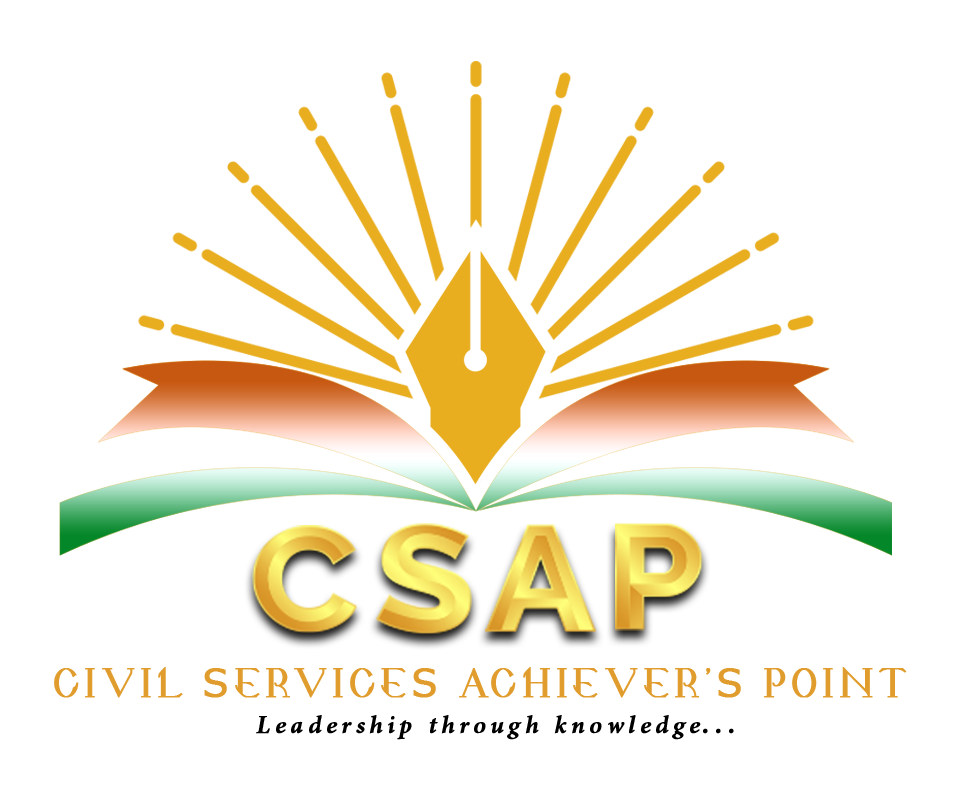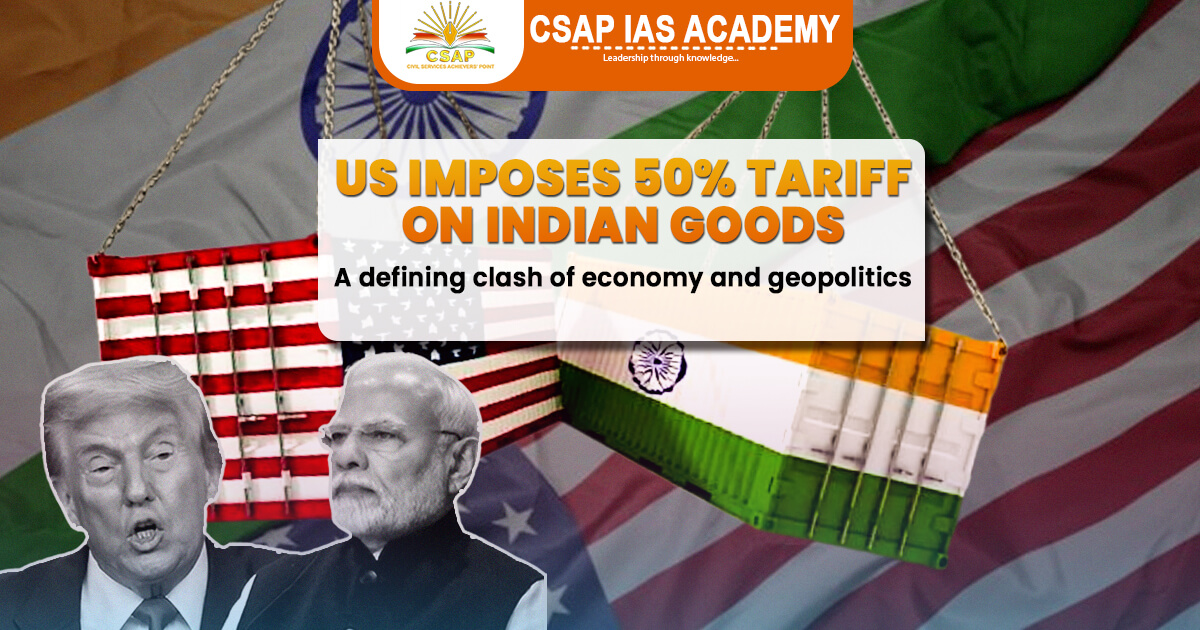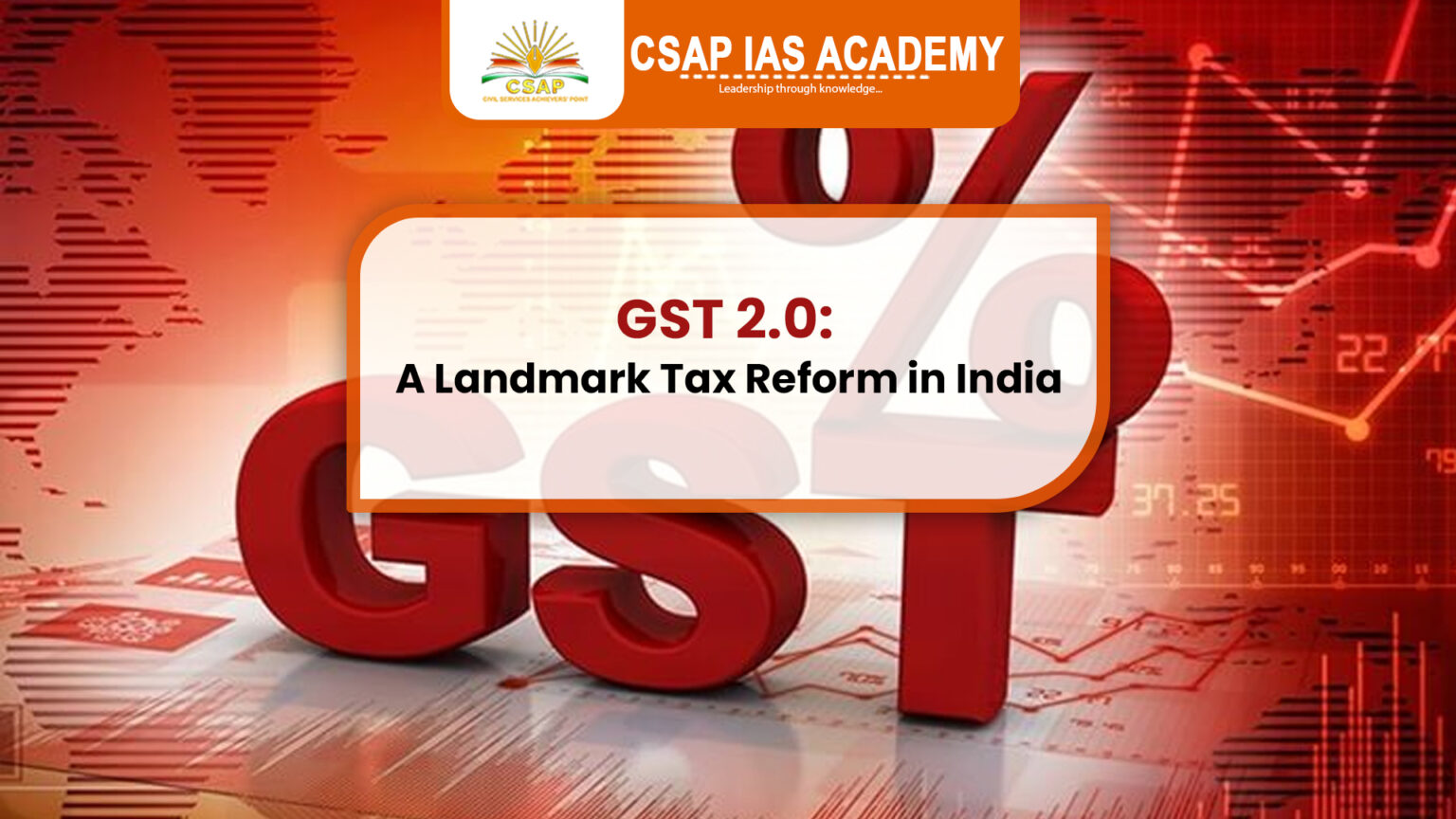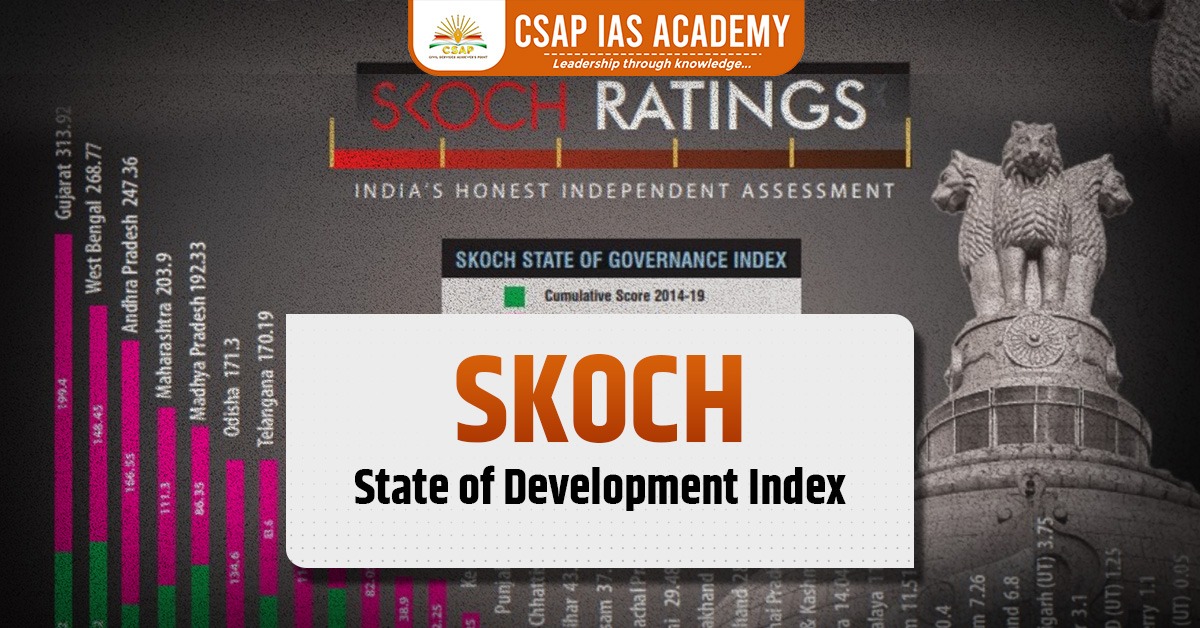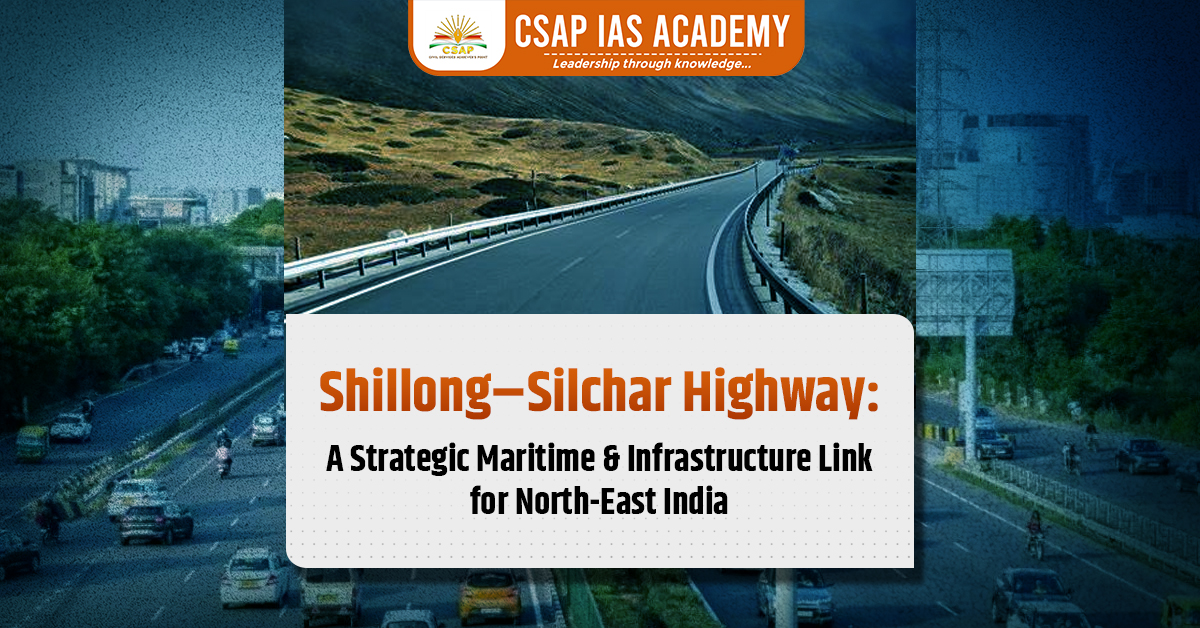US Tariffs on Indian exports have surged significantly, with duties raised to 50% on a wide range of goods. This decision represents a major escalation in trade tensions between the world’s two largest democracies and places India among the most heavily taxed US trading partners, comparable to Brazil and exceeding tariff rates on several Chinese product categories.
Policy Rationale and Structure
- The tariff regime reflects growing US concerns about India’s energy relationship with Russia. Since the Ukraine conflict began, India’s imports of Russian oil have increased substantially, now comprising 42% of the country’s total oil imports. US policymakers argue that these purchases indirectly support Russia’s military operations.
- The tariff structure is deliberately constructed with two components: a 25% reciprocal tariff combined with an additional 25% penalty specifically targeting countries that maintain significant trade relationships with Russia. This approach demonstrates the US administration’s strategy of linking trade policy with geopolitical objectives.
Affected Sectors and Economic Impact

The tariffs primarily target India’s labor-intensive export sectors, which are crucial for employment generation and foreign exchange earnings:
- Textiles and apparel – affecting major manufacturing hubs
- Gems and jewellry – particularly impacting Surat’s diamond processing industry
- Marine products and processed foods – key agricultural export sectors
- Chemicals, footwear, and furniture – covering diverse manufacturing segments
Approximately $48.2 billion worth of Indian exports, representing over half of India’s total exports to the US, now face these elevated tariffs. The immediate economic consequences include significant job losses in export-oriented industries, currency depreciation, and projected GDP growth deceleration of 0.4-0.8 percentage points.
Government Response and Policy Measures
The Indian government has initiated a comprehensive response strategy to mitigate the impact on domestic exporters:
- Immediate Relief Measures: Direct financial assistance through subsidies and enhanced credit access for affected exporters, particularly focusing on MSMEs that lack the resources to absorb such shocks independently.
- Market Diversification Strategy: Accelerated efforts to strengthen trade relationships with alternative markets including China, Latin America, Middle East, and Africa to reduce dependence on the US market.
- Diplomatic Initiatives: High-level diplomatic engagement, with Prime Minister Modi and External Affairs Minister Jaishankar characterizing the tariffs as “economic coercion” and highlighting the selective nature of US policy, given that other major Russian oil importers like China and EU nations have not faced similar penalties.
Strategic and Diplomatic Implications
- This trade dispute extends beyond commercial considerations to affect broader strategic relationships. The deterioration in economic ties could impact cooperation in multilateral forums such as the Quad partnership and Indo-Pacific strategic initiatives.
- The situation presents a classic example of how economic interdependence can be weaponized for geopolitical objectives, forcing middle powers like India to navigate complex choices between economic interests and strategic autonomy.
- India’s response may include closer alignment with Russia and China in multilateral economic arrangements, potentially accelerating the formation of alternative trading blocs and challenging the existing Western-dominated economic order.
Conclusion and Assessment
The US tariffs decision represents a significant shift from economic diplomacy to economic coercion in bilateral relations. While the immediate impact on Indian exporters is severe, the long-term implications for global trade architecture and strategic partnerships may prove more consequential. The situation underscores the challenges facing emerging economies in maintaining strategic autonomy while managing relationships with major powers in an increasingly polarized international system.
Read: Assam’s NRC – Electoral Roll Debate and Government Challenges
Download App:
